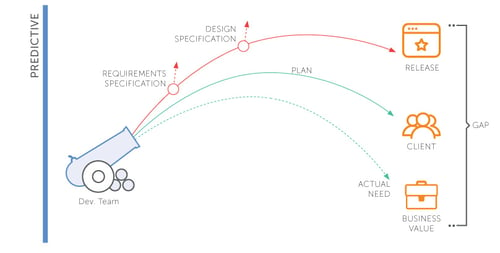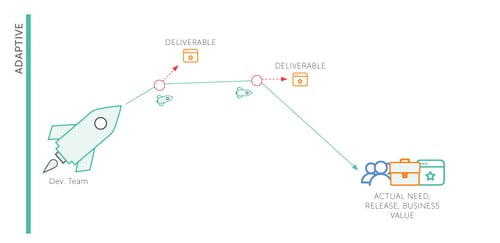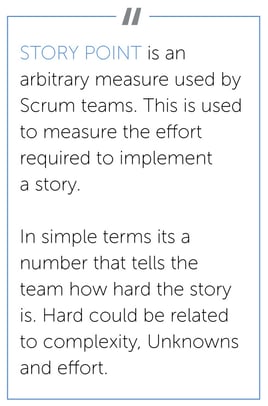Agile And Deadlines: How Does It Work?
Strictly speaking, they don’t focus on strict long-term deadlines but focus on short-term pace, and 1-3 weeks deadlines. Since Agile is flexible and adaptable, long-term deadlines don’t fit into an Agile framework.
But that doesn’t mean that Agile processes are without timelines completely. Instead, Agile requires teams to conceive of finishing projects with a higher focus on market feedback and customers’ real needs.
So, what is a deadline in fact?
Deadline is a narrow field of time, or particular point in time, by which an objective or task must be accomplished.
Let`s discover a difference between traditional and agile software development:


What’s so wrong with deadlines?
Most people think of deadlines as fixed and 100% predictable, but in reality, they are imminently changeable.
Things happen — such as market and end-users feedback, competitors' strategy impact, different level of risks, or budget changes — that make it impossible for teams to guarantee achievement of carefully planned long-term deadlines. If deadlines are absolutely inflexible, too, teams might feel like they have to cut corners, completing a product that isn’t quite up to the standard that was expected.
How does a team think about implementing Agile without long-term fixed deadlines?
Instead of focusing on setting strict deadlines, Agile teams instead consider project goals and problems that need solving. They use short iterations (sprints) to achieve small wins and provide potentially shippable product increments at a constant pace. From there, teams can ensure they are making the right kind of progress — working on what they need to be doing to move towards project completion.
How do teams ever finish projects?
Getting rid of long-term deadlines and detailed plans can be scary. But even without long-term plans, you won’t be left adrift. Here are some of the methods Agile teams use to track progress:
- Sustainable Pace. Agile differs from other methods of management because it doesn’t value quick bursts of effort followed by downtime. Instead, Agile suggests that developers should maintain a constant working pace — indefinitely.
- Transparency – “significant aspects of the process must be visible to those responsible for the outcome. Transparency requires those aspects be defined by a common standard, so observers share a common understanding of what is being seen.”, – Scrumguide
- Predictability of teams performance that expected to be similar in every sprint (velocity) that allows making long-term planning.
- Estimation practices like planning poker that combine the three most common techniques for estimating: Expert opinion, Analogy, and Disaggregation into an enjoyable approach to estimating that results in quick but reliable and accurate estimates.
How can my team improve estimations and predictability?

Many teams have difficulty implementing Agile’s more non-conventional time processes. If you’re struggling with the accuracy of estimations, handling spikes, tracking progress within the Sprint and mitigating risks in case of underestimation, Ciklum’s Project & Process Management Consulting can help you plan your processes, deliver on time, and track your projects in real-time. So, do not hesitate to contact Ciklum to get assistance!



